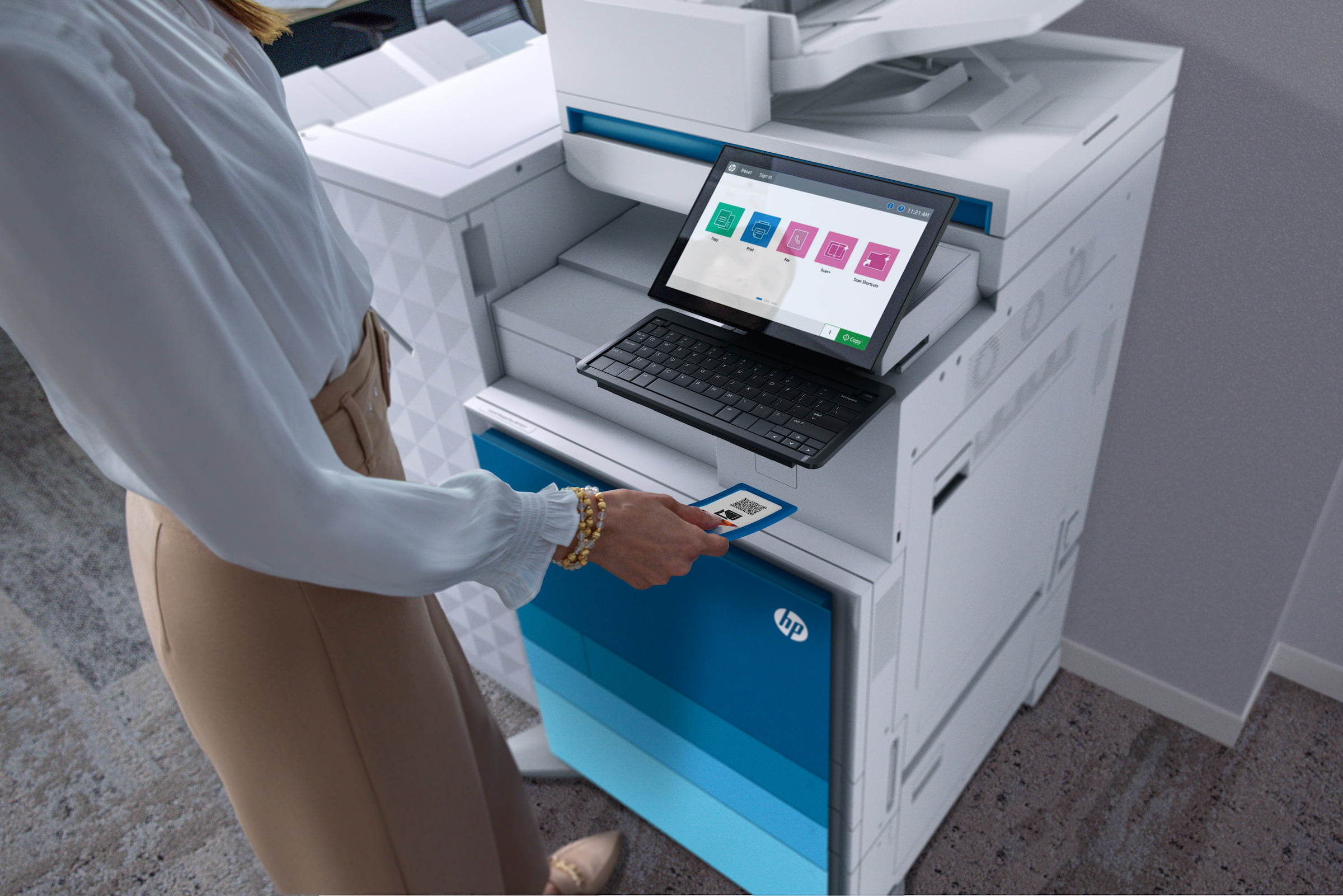
eForms
The utility of eForms goes beyond simple paper replacement. On the contrary, they are a method of transforming inefficient, complex processes into simplified digital workflows.
What are eForms?
eForms, or Electronic Forms, are digital documents that ease the process of data collection.
By using input fields to keep responses standardised, the information gathered by eForms can automatically be generated in real-time reports, powering workflow automation.
Learn more about eforms by reading ‘What are e-Forms?’
Why use eForms?
Collecting data digitally is the lifeblood of digitalised workflows, which have many advantages over paper-based workflows, such as:
eForms in Action
Apogee has utilised eForm solutions to great effect over a range of industries.
For example, healthcare institutions typically work with complex staff hierarchies, and generate high volumes of paperwork. By using eForms for digitisation, you are able to standardise the flow of incoming data for clarity and efficiency – whilst making all information entry secure, traceable, and accessible across many sites.
Manufacturing businesses, on the other hand, have found that eForm-based solutions – since, with one point of data entry, creating reports can be consolidated into a quick and convenient one-step task.

How eForms save space, time, and money
eForms significantly increase ROI on data collection and workflow execution, all while requiring less space, time, and effort.
Here’s a deep dive on the many advantages of eForms:
- Audit Trail & Tracking
- Analysis
- Automation
- Access
- Sustainability
- Scalability
- Security
- Digital Transformation

Audit Trail & Tracking
When was the eForm filled in, and by whom? How is the data being used in your organisation?
Each action taken on an eForm is recorded and traceable, giving a comprehensive overview of all workflows related to it.
This enables your people to identify data flow bottlenecks and take measures to resolve them, setting the stage for effective collaboration throughout your business – but in a way that allows you to stay compliant with GDPR.

Analysis
eForms generate responses automatically, accurately, and in real-time – with standardised inputs designed to eliminate errors; improving the health and credibility of the data used in your report generation.
Incoming data being digitised opens up all kinds of avenues for your operations, since this lets you track KPIs quickly – empowering reactive decision-making based on actionable live data.

Automation
There are many paths to digital transformation, but automation is too valuable to not feature in some capacity.
eForms digitise your data collection and use automation to streamline the flow of information throughout your business.
Upon completion, an eForm automatically follows approval routes – notifying relevant users, and generating reports both automatically and on-demand; both minimising errors and enhancing your ability to react to KPIs quickly.

Access
The ability to work from home is now an important factor when acquiring and retaining talent – and the remote accessibility of eforms make them a versatile tool to meet potential cultural shifts in workplace expectations, since the flow of data collection is not dependent on face-to-face interaction.
As well as capturing information for internal use, you can also embed forms on web pages or distribute them via email to gather customer data – allowing you to make more informed business decisions when it comes to developing your customer offering.
By collating data from various sources, eforms give you a top-down holistic view of what your business is currently doing – giving you all the information you need to navigate an effective path forward, with purpose and confidence.

Sustainability
Deforestation, water in pulp production, ink contamination, and air pollution are just a few ways that overuse of paper is indirectly damaging the environment. This is why limiting unnecessary paper output is so important.
eForms are just one example of a tool you can integrate into your business processes in order to avoid paper duplication, wasted ink, or single-use paper – therefore decreasing your company’s overall impact on the environment.

Scalability
Whilst scaling physical workflows are limited to the amount of space, resources, and time at your disposal, scaling eForm-based workflows are under no such limitations – and can continually evolve with your business requirements without sacrificing performance.
Due to their digital nature, eforms can easily be streamlined to initiate multiple processes simultaneously - making it easier to grow in size and increase efficiency as your business develops.
Security
Security is another edge that eforms have over physical processes. For peace of mind that the chances of internal breaches are minimised, eForm customisation rights can be password-restricted, ensuring that only authorised employees will have access.
Additionally, by combining eforms with a complete audit trail, internal breaches are easier to find and fix - and with automatic retention schedules in place that delete data once you have held it past a certain threshold, you ensure that your data protection measures are compliant with GDPR.
Digital Transformation
eForms are just one digital transformation tool that, when combined with a Document Management system, scales the efficiencies and generates additional benefits by increasing operational utility. Unlike physical processes, digital processes are known for minimising errors – meaning they’re already better-positioned to deliver considerable return-on-investment.
A Document Management system is a centralised digital hub for managing, storing, and collaborating on documents remotely. Pairing it with eForm services means all incoming data is being gathered in one easily locatable place for people to access, while also ensuring data protection.
7 Steps for Using eForms
Regardless of whether you’re using eForms for the benefit of your internal or external processes, here are six steps to consider before using eForms:
- How much time they consume
- How essential they are to your operations
- How frequently they are executed
By activating eForms in processes that are the most time-consuming, essential, and frequently executed, you stand to gain the most from the insights that eform reporting provides.
It’s essential to assign information input fields to databases while you’re still in the creation phase: not only for standardisation of responses, but also for the purposes of auto-completion.
The best examples of eForm software integrate seamlessly with existing digital workflow design tools, and communicate effectively with internal databases.
Ultimately, how your eForms are distributed will be dictated by the information you wish to collect with them.
eForms record the steps of their journey as they go – using real-time reporting to help you easily monitor their success, identify and correct inefficiencies; and continually keep you informed when making reactive decisions.
Also, be sure to record changes you’ve made for future eform workflows!
eForm FAQs
- Pregnancy Risk Assessments
- Leave Requests
- Maintenance Reports
Conclusion
Information and communication are the foundation of business – which is why our eForm service integrates with your existing systems, rather than trying to replace them. Apogee works with you to digitise your processes and constantly develops them, while offering ongoing support.
With years of experience solving physical problems with digital solutions, we ensure that our services evolve and scale alongside your business.
Begin your digital transformation journey today by contacting us with the contact form below!
How We Can Help
To learn more, please fill out the contact form:
Latest insights
Keep up to date with all the latest in Managed Workplace Services.
By submitting this form, you acknowledge that you have read and understand the Apogee Privacy Statement.
Data Privacy Policy | Cookies Policy









































